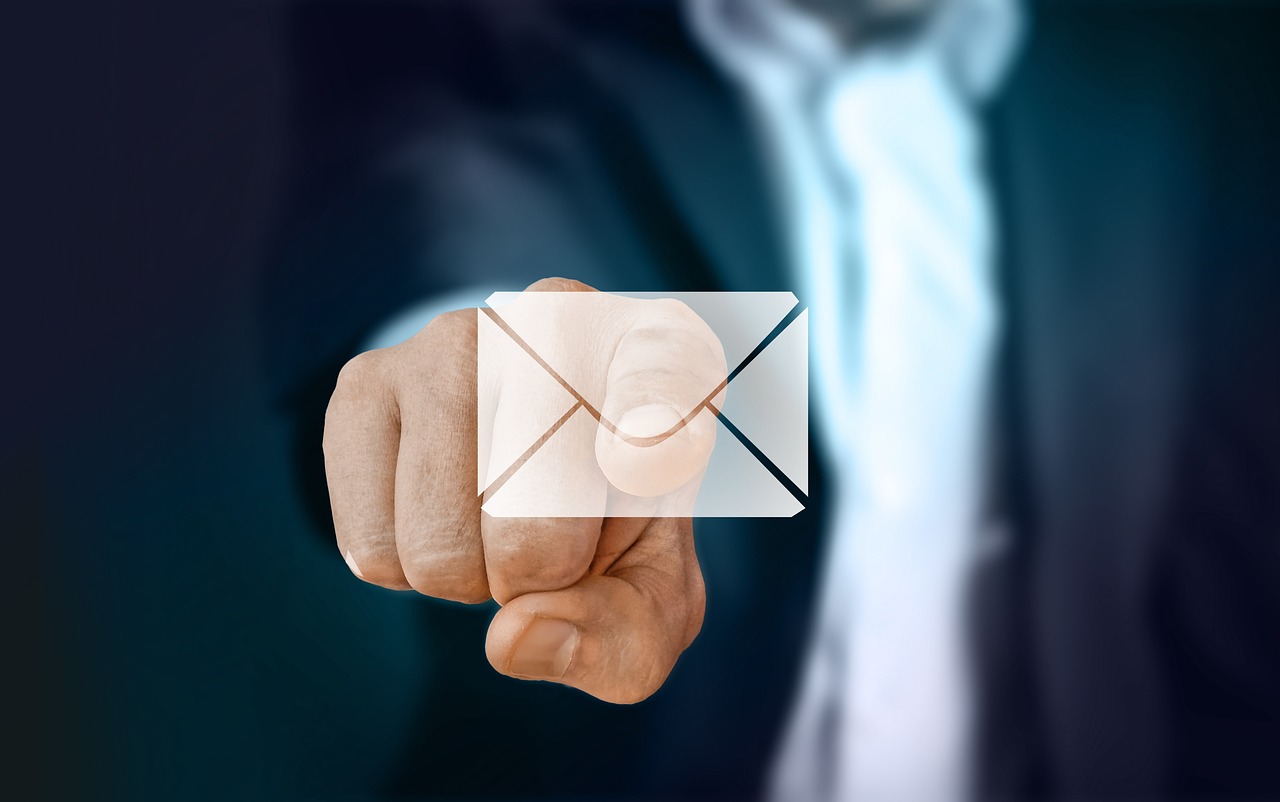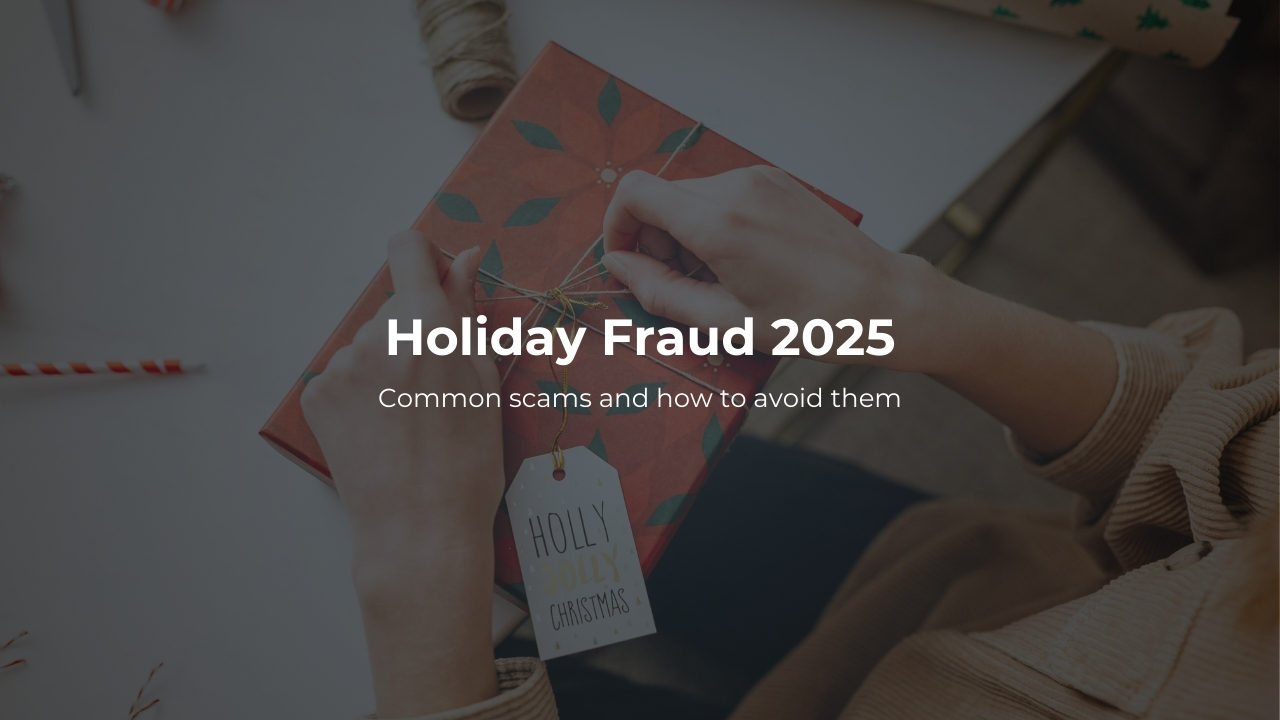In the current digital era, phishing emails pose a significant threat to both individuals and businesses. These messages are often disguised as official communications from banks, online stores, or even social media platforms to obtain passwords, credit card numbers, or other personal details. Sometimes, attackers may even impersonate a colleague or friend to trick you into providing sensitive data. AI makes this threat even more dangerous because it can quickly and easily create phishing emails in any language a cybercriminal wants to use. As an Information Security Specialist at PAYSTRAX, my primary goal is to protect your data and financial information. Based on our experience here are some critical tips to help you identify and defend against phishing attacks:
1. Exercise Caution with Email Links and Attachments
Phishing emails often include links, QR codes or attachments that seem legitimate but direct you to harmful websites or download malicious software. Be wary of unexpected attachments, even if they come from familiar sources.
2. Hover Over Links to Confirm Their Destination
Before clicking on any link in an email, hover your mouse over it to see the actual URL. Make sure the link directs you to a legitimate and secure website. Be especially cautious of links that display a different URL than expected. Always verify before clicking or downloading.
3. Check the Sender’s Email Address Carefully
Cybercriminals often use email addresses that closely resemble those of legitimate, well-known organizations. Check the sender’s email address for any irregularities, mistakes or strange characters that might indicate a spoofed address.
4. Red flags for phishing emails
Phishing emails frequently use urgent language, contain grammatical errors, or address recipients with generic greetings like “Dear Customer.” Legitimate companies typically address you by name and maintain a professional tone in their communications. Additionally, phishing emails often use fear tactics to pressure recipients into responding immediately without thinking.
5. Never Share Personal Information via Email
Reputable organizations will not ask you to provide sensitive information, such as passwords or credit card numbers, via email. If you receive such a request, contact the company directly using a verified phone number or their official website.
Preventive actions:
1. Enable Multi-Factor Authentication (MFA)
MFA provides an additional layer of security for your accounts by requiring a second form of verification alongside your password. This greatly reduces the risk of unauthorized access, even if your login credentials are compromised.
2. Change passwords
Periodically change your password for prevention. Especially if you think your information was compromised, change your password immediately. Use a unique password for every system, and create strong combinations that include numbers, symbols, and both lowercase and uppercase letters.
3. Keep Your Software Up to Date
Make sure your operating system, email program, and antivirus software are always up to date. Updates often include fixes for security issues that phishing attacks might try to use against you.
4. Educate Yourself and Those Around You
Awareness is crucial in preventing phishing attacks. Engage in security training programs and encourage your colleagues and loved ones to stay informed about the latest phishing techniques and prevention strategies.
At PAYSTRAX, we are dedicated to ensure the knowledge, rules and tools needed to safely navigate the digital world. By following these tips, you can protect yourself from the ever-evolving threat of phishing emails.
Stay vigilant and secure! Always stay sharp and think twice about why you’ve received an email and what information it requests. Your awareness is the first line of defense against phishing emails. Protect yourself and your data by questioning the unexpected.

Akvilė Venskavičiūtė, Information security specialist at PAYSTRAX




